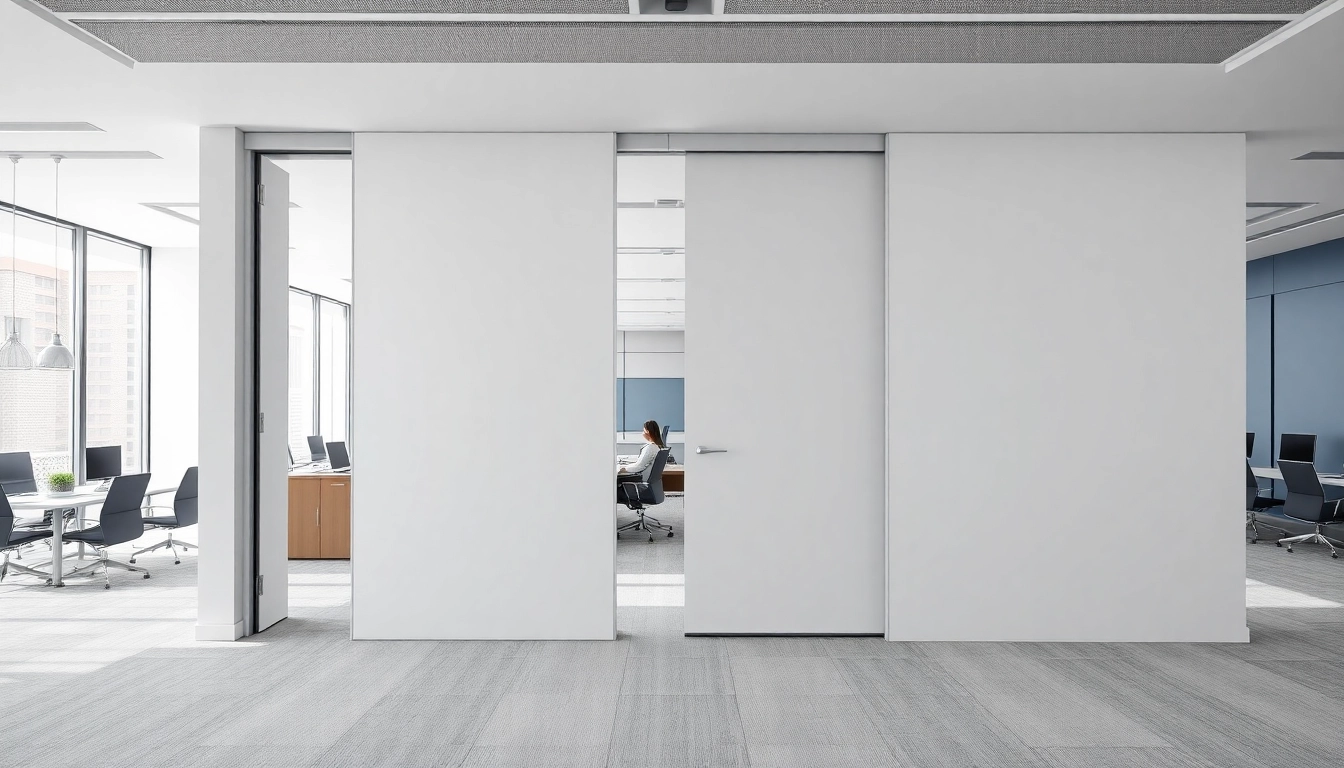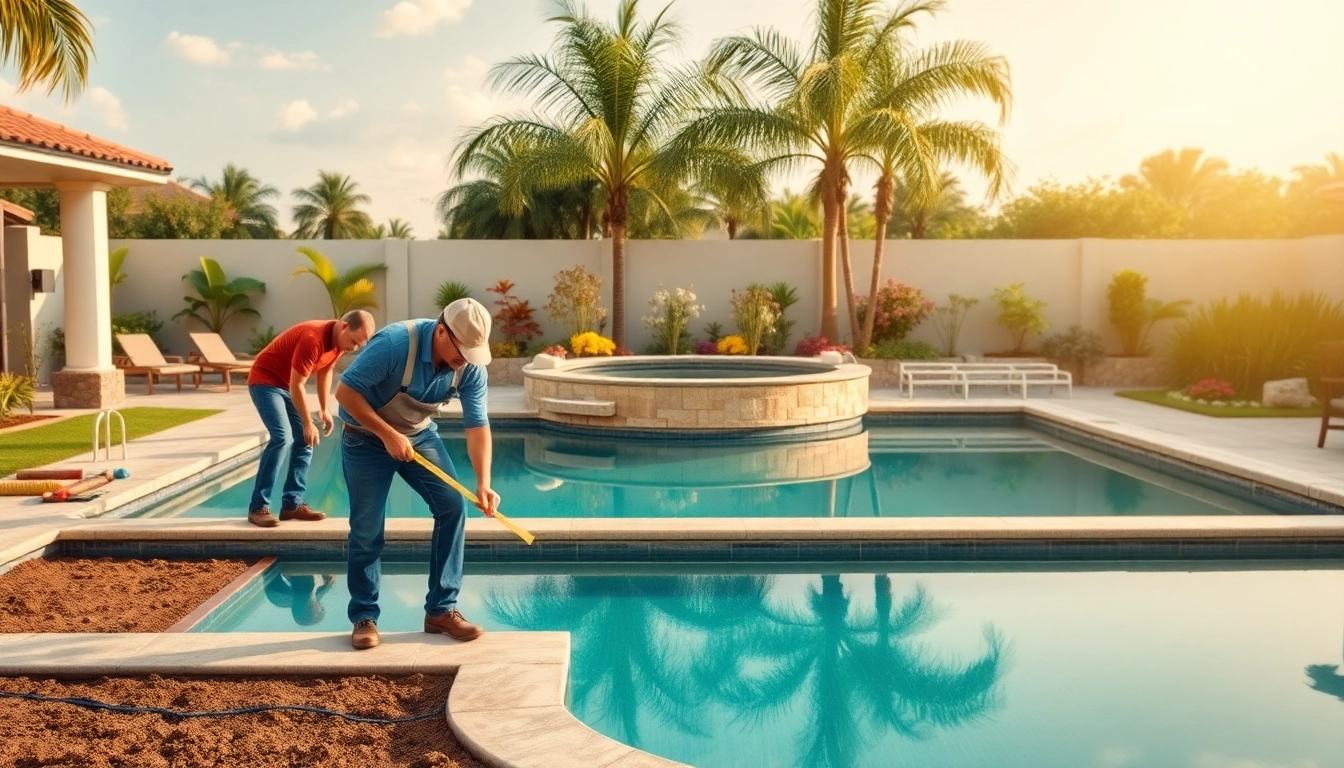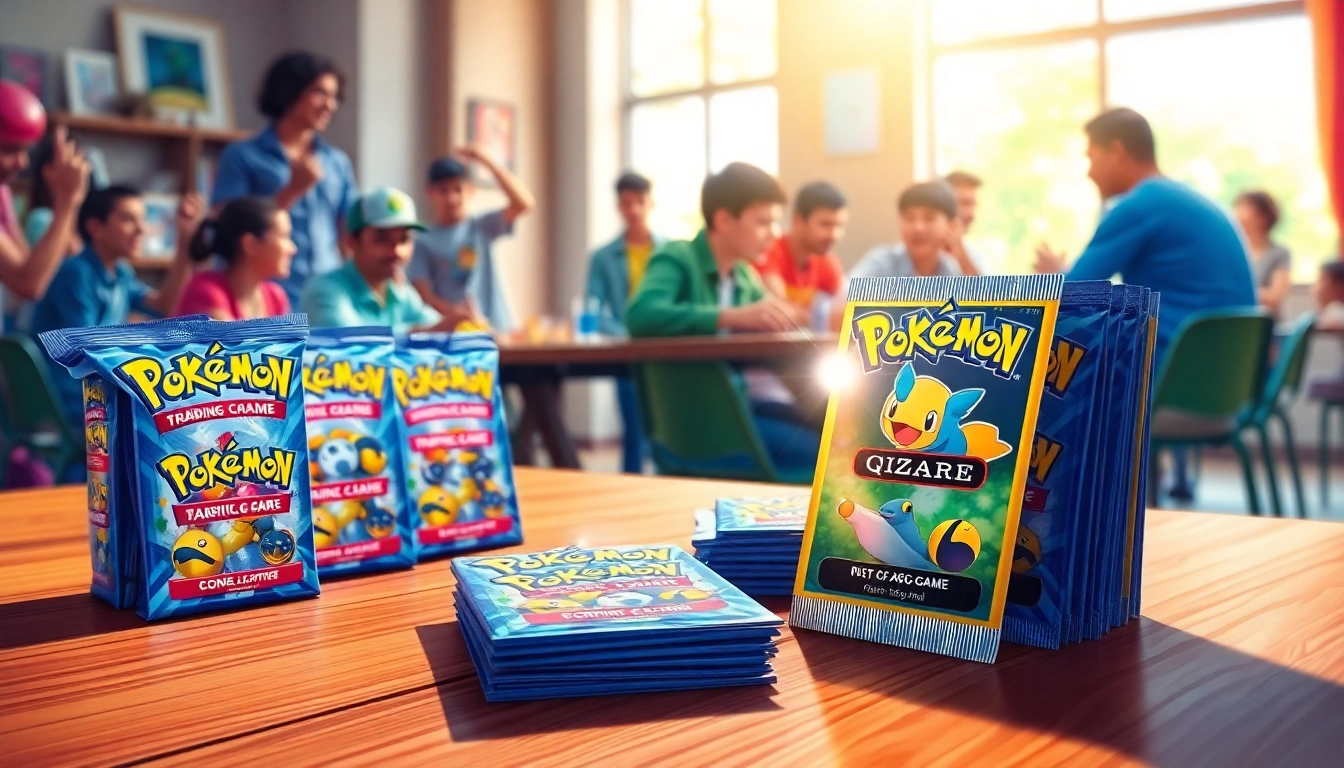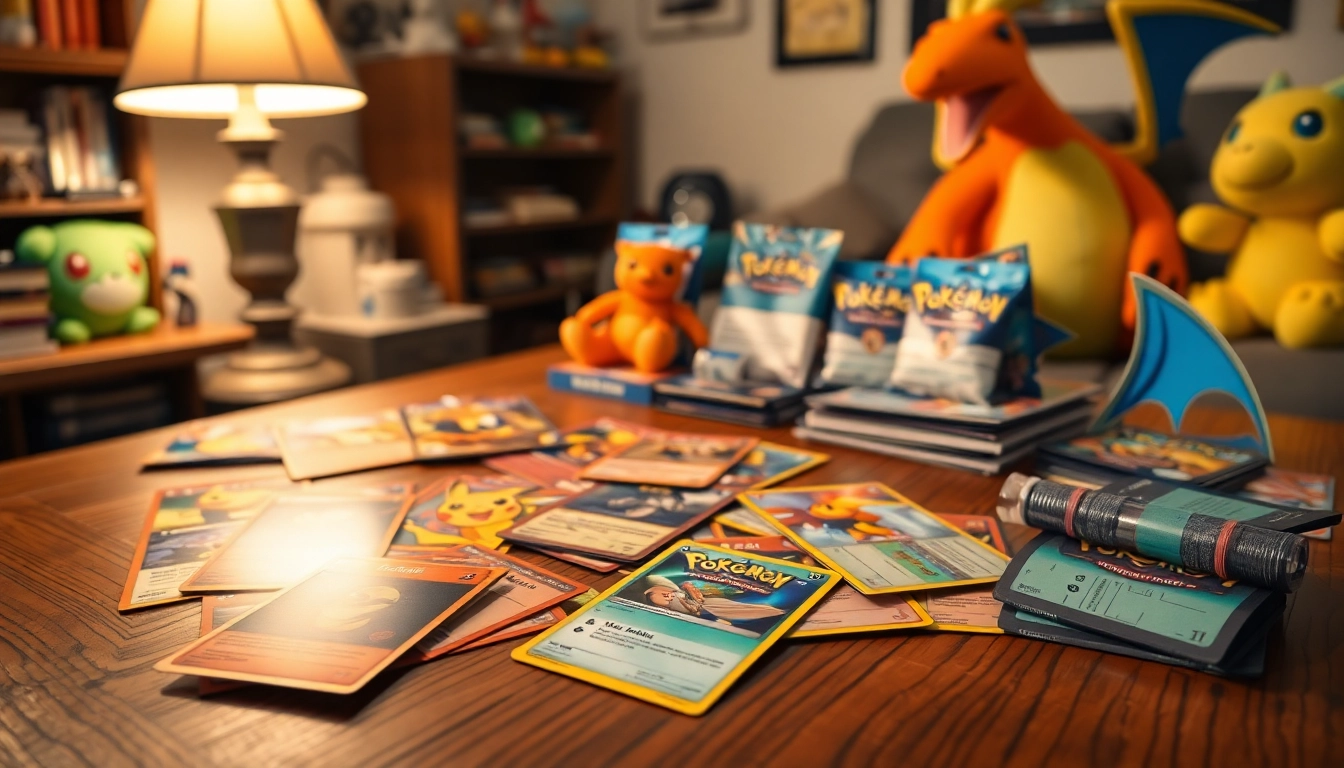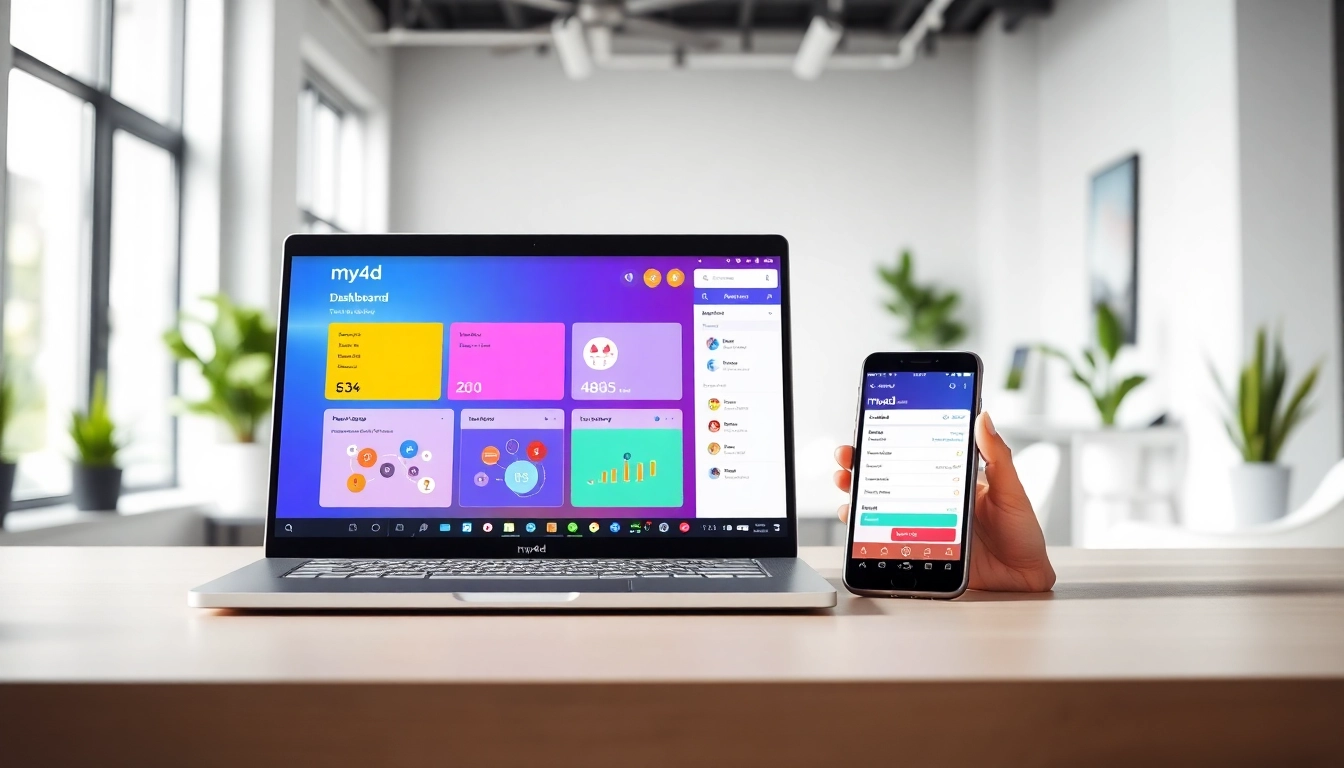
Understanding Sliding Partition Walls
What is a Sliding Partition Wall?
A sliding partition wall is a versatile and efficient solution for dividing open spaces into separate, functional areas. Typically mounted on a track system, these walls can slide open or closed, allowing for quick configuration changes based on the needs of the moment. They are ideal for both residential and commercial applications, providing a seamless way to alter the layout of a space without the need for permanent walls. Sliding partition walls can be constructed from a variety of materials, including wood, glass, and metal, offering a range of aesthetic and functional benefits.
Types of Sliding Partition Walls
Sliding partition walls come in several styles, each suited for specific applications and design preferences. The main types include:
- Traditional Track Systems: These systems use ceiling-mounted tracks, allowing panels to glide freely. They are often used for maximizing privacy and noise control.
- Operable Walls: These walls can be folded or stacked to one side when opened. They are ideal for flexible spaces like conference rooms or event halls.
- Glass Sliding Partitions: Popular in modern office environments, glass partitions offer transparency, allowing natural light to flow while maintaining privacy.
- Acoustic Sliding Partitions: Designed to minimize sound transfer, these walls are ideal for settings where noise control is essential, like recording studios or shared workspaces.
Benefits of Installing Sliding Partition Walls
Investing in sliding partition walls offers numerous advantages, including:
- Space Optimization: They enable efficient use of space, allowing rooms to be reconfigured based on immediate needs.
- Versatility: Ideal for both permanent and temporary setups, they can be utilized in various environments—from homes to offices to event spaces.
- Design Flexibility: With various materials, colors, and finishes available, sliding partition walls can complement any décor style.
- Cost-Effectiveness: Installing a sliding partition wall is often less expensive than building a new permanent wall, especially in commercial settings.
Applications of Sliding Partition Walls
Residential Uses for Sliding Partition Walls
Within residential settings, sliding partition walls can transform how spaces are utilized. They can separate living areas, create distinct zones for work or play, and even allow for temporary guest rooms in smaller spaces. For instance, a sliding wall can easily divide an open-concept living area into a more private dining and entertainment space. Additionally, they offer homeowners flexibility in their design, adapting to changing needs as families grow or shrink.
Commercial Applications of Sliding Partitions
In commercial environments, sliding partition walls are particularly useful for their efficiency and adaptability. They can provide the necessary flexibility for offices, conference rooms, and trade shows. Businesses can quickly adjust their layouts for team meetings, presentations, or collaborative work sessions without needing to undertake extensive renovations. Furthermore, sliding partition walls can enhance privacy in open office plans, helping to facilitate confidential conversations while still promoting an open and airy atmosphere.
Creative Solutions with Sliding Partition Walls
Beyond simple division of space, sliding partition walls can serve as innovative design elements. For example, they can house storage solutions, integrate technology like monitors and whiteboards, or display art and branding in corporate settings. Consider incorporating sliding walls with shelving or artwork to add style and functionality. This approach not only enhances the aesthetic appeal but also maximizes utility in a cohesive manner.
Installation Process for Sliding Partition Walls
Step-by-Step Installation Guide
Installing a sliding partition wall may seem daunting, but with a systematic approach, it can be accomplished effectively. Follow these steps:
- Planning: Measure the area where the partition will be installed. Consider the types of materials and design styles that best fit your space.
- Gather Materials: Purchase necessary materials, which may include tracks, panels, hardware kits, and tools like drills and screwdrivers.
- Mark and Install Tracks: Use a level to mark where the track will be mounted on the wall or ceiling. Ensure it is straight and secure the track in place.
- Hang Panels: Attach the panels to the track according to the manufacturer’s instructions. Ensure they slide smoothly and adjust as necessary.
- Finishing Touches: Add any additional features, such as handles or seals, to complete the installation.
Tools and Materials Needed
For a successful installation of a sliding partition wall, you will need the following tools and materials:
- Measuring tape
- Level
- Drill and drill bits
- Screwdriver
- Utility knife
- Tracks, panels, and hardware
- Safety goggles
Common Challenges and Solutions
While installing sliding partition walls can be straightforward, several challenges may arise:
- Alignment Issues: Ensure that tracks are installed level to prevent panels from sticking or not sliding properly.
- Weight Limitations: Understand the weight capacity of your chosen track system. Choose lightweight materials if necessary.
- Wall Structure: Confirm that the wall can support the weight of the partition, especially with heavier materials like glass.
Design Considerations for Sliding Partition Walls
Selecting the Right Material
The choice of material is crucial in the performance and aesthetics of sliding partition walls. Options include:
- Wood: Offers a classic look and can be customized in various finishes and styles.
- Glass: Ideal for modern interiors, providing visibility and light while maintaining division.
- Metal: Durable and contemporary, metal panels suit industrial and urban designs.
Color and Style Options
Choosing the right color and style can greatly impact the ambiance of a space. Consider neutral tones for a versatile solution, or bolder colors to make a statement. You also have the option to match the partition with existing elements in the room, such as furniture and wall colors, to create a cohesive look.
Integrating into Existing Decor
A sliding partition wall can be a design feature that enhances existing décor. Ensure that your selected partition style complements other design elements in the room, such as flooring, ceiling height, and general color schemes. Incorporating features like built-in lighting within the partition wall can also unify the design and provide added functionality.
Maintaining and Caring for Your Sliding Partition Walls
Regular Maintenance Tips
To ensure the longevity and optimal performance of sliding partition walls, regular maintenance is essential:
- Keep tracks free of dust and obstructions to ensure smooth operation.
- Inspect hardware periodically for signs of wear and replace as needed.
- Check the panels for any damages and repair promptly to maintain functionality.
How to Clean Different Materials
Cleaning methods will vary depending on the materials used:
- Wood: Use a soft cloth and mild wood cleaner to avoid damage to the finish.
- Glass: Clean with glass cleaner or a mix of vinegar and water for a streak-free shine.
- Metal: Wipe with a damp cloth and a gentle cleaner suitable for the metal type to prevent corrosion.
Handling Repairs and Adjustments
Over time, sliding partition walls may require repairs or adjustments due to wear and tear. Address common issues like misalignment immediately by checking the track installation and adjusting as necessary. Replacement parts for hardware are typically available through suppliers, ensuring a cost-effective solution when repairs are needed.
